What happened in Canada stabbing ‘rampage’?
Massive manhunt underway after one of the worst acts of mass violence in country’s history
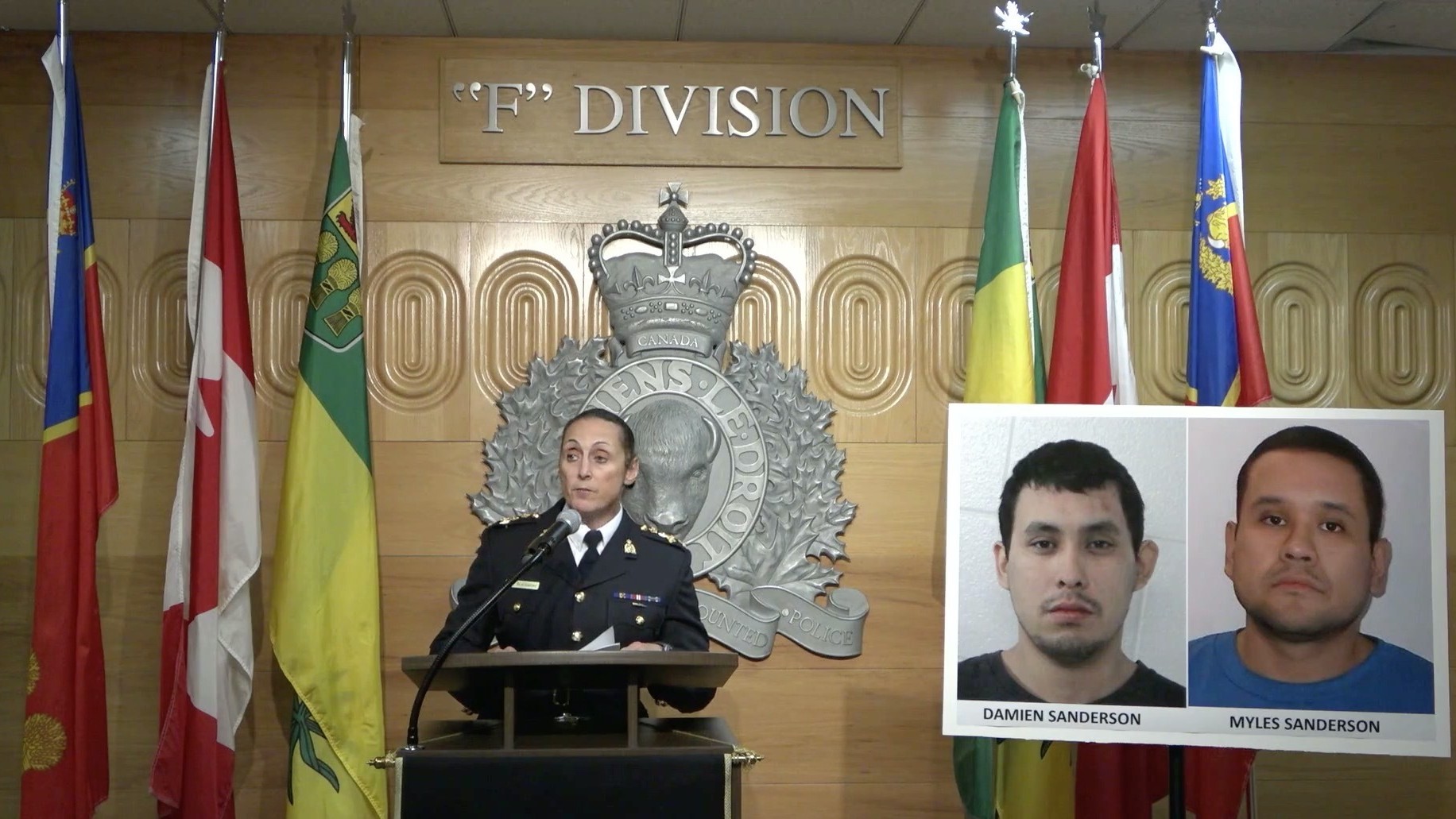
Police in Canada have launched a huge manhunt after a stabbing rampage left ten people dead and a further 15 injured in one of the worst acts of mass violence in the country’s history.
The killings took place on Sunday morning in a remote indigenous James Smith Cree Nation community, which has a population of fewer than 2,000, in Saskatchewan province.
Some victims appear to have been targeted, while others are believed to have been randomly attacked, police said. One local journalist told the BBC that the attackers appeared to have gone door-to-door, with indigenous leaders suggesting the stabbings could be drug-related.
The Week
Escape your echo chamber. Get the facts behind the news, plus analysis from multiple perspectives.

Sign up for The Week's Free Newsletters
From our morning news briefing to a weekly Good News Newsletter, get the best of The Week delivered directly to your inbox.
From our morning news briefing to a weekly Good News Newsletter, get the best of The Week delivered directly to your inbox.
Two suspects wanted by police have been named as Damien Sanderson and Myles Sanderson. It is not yet clear whether they are related.
A black Nissan reportedly carrying the two men, both in their early 30s, had been spotted in Regina, Saskatchewan’s capital, about 200 miles south of the community where the stabbings occurred. A dangerous persons alert was sent to all mobile phones across the provinces of Saskatchewan, Manitoba and Alberta, “an enormous region almost half the size of Europe”, said the BBC. The “rampage” has “shocked the nation”, said the broadcaster.
Canada’s prime minister, Justin Trudeau, said the attacks were “horrific and heartbreaking. I’m thinking of those who have lost a loved one and of those who were injured,” he tweeted.
What did the papers say?
The stabbings across 13 crime scenes “were among the deadliest mass killings in modern Canadian history”, said Al Jazeera, and the incidents are “certain to reverberate throughout the country, which is unaccustomed to bouts of mass violence more commonly seen in the United States”, reported Reuters.
A free daily email with the biggest news stories of the day – and the best features from TheWeek.com
Twenty-two people were killed at a mass shooting in Canada in 2020, when a man disguised as a police officer shot people in their homes and set fires across the province of Nova Scotia. But given the country’s strict gun laws, such instances are rare and mass killings in general are far “less common in Canada than in the United States”, reported AP.
“Deadly mass stabbings are more rare than mass shootings but have happened around the world,” added the news agency, citing the 29 people stabbed to death at a train station in China’s southwestern city of Kunming in 2014, a mass stabbing at a facility for the mentally disabled in Sagamihara, Japan, in 2016 that left 19 people dead, and the London Bridge attacks in 2017 when three men killed eight people in a vehicle and stabbing attack.
What next?
Police bulletins issued across the region have warned the two suspects are extremely dangerous and urged people to take extra precautions, including sheltering in their homes or current location. They have also issued warnings against picking up hitchhikers or approaching suspicious people.
While the manhunt continues, questions will be raised about why Myles Sanderson was still at liberty. In May he was listed as “unlawfully at large” on a wanted poster by Saskatchewan Crime Stoppers, a programme that encourages the public to cooperate with police.
The fact that this killing spree appears to be drug-related will also focus attention on the devastating impact of drugs and high levels of poverty on Canada’s indigenous communities.
Michael Brett Burns, the former partner of one of the victims, told the Aboriginal Peoples Television Network: “It’s sick how jail time, drugs and alcohol can destroy many lives.”
Chief Bobby Cameron of the Federation of Sovereign Indigenous Nations added: “This is the destruction we face when harmful illegal drugs invade our communities, and we demand all authorities to take direction from the Chiefs and Councils and their membership to create safer and healthier communities for our people.”
The Daily Mail pointed out that “indigenous people account for less than 5% of Canada’s population of about 38 million and suffer from higher levels of poverty, unemployment and a lower life expectancy than other Canadians”.
-
 A fentanyl vaccine may be on the horizon
A fentanyl vaccine may be on the horizonUnder the radar Taking a serious jab at the opioid epidemic
-
 The 8 best comedy TV series of 2025
The 8 best comedy TV series of 2025the week recommends From quarterlife crises to Hollywood satires, these were the funniest shows of 2025
-
 Codeword: December 16, 2025
Codeword: December 16, 2025The daily codeword puzzle from The Week
-
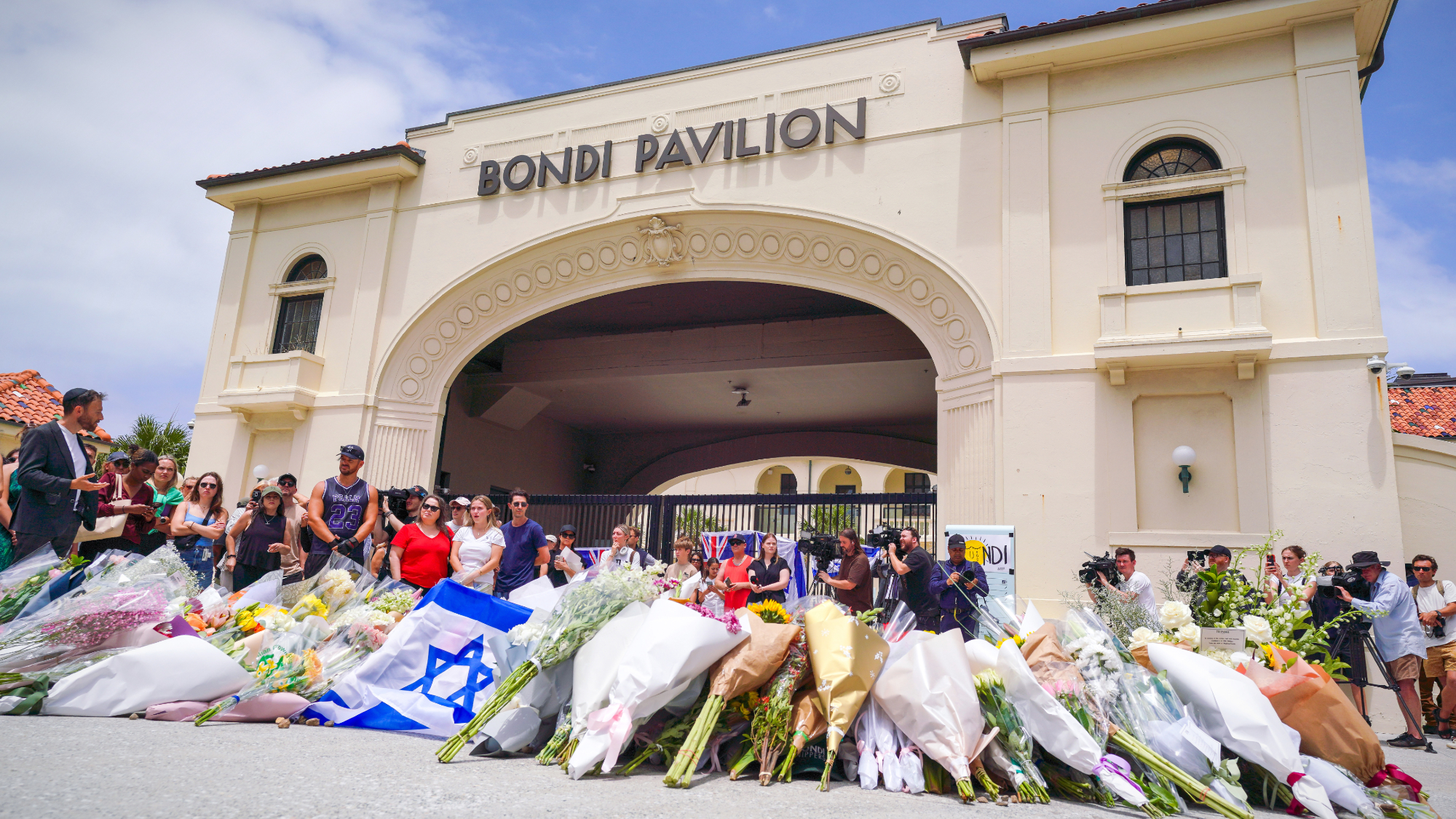 Australia weighs new gun laws after antisemitic attack
Australia weighs new gun laws after antisemitic attackSpeed Read A father and son opened fire on Jewish families at Sydney’s Bondi Beach, killing at least 15
-
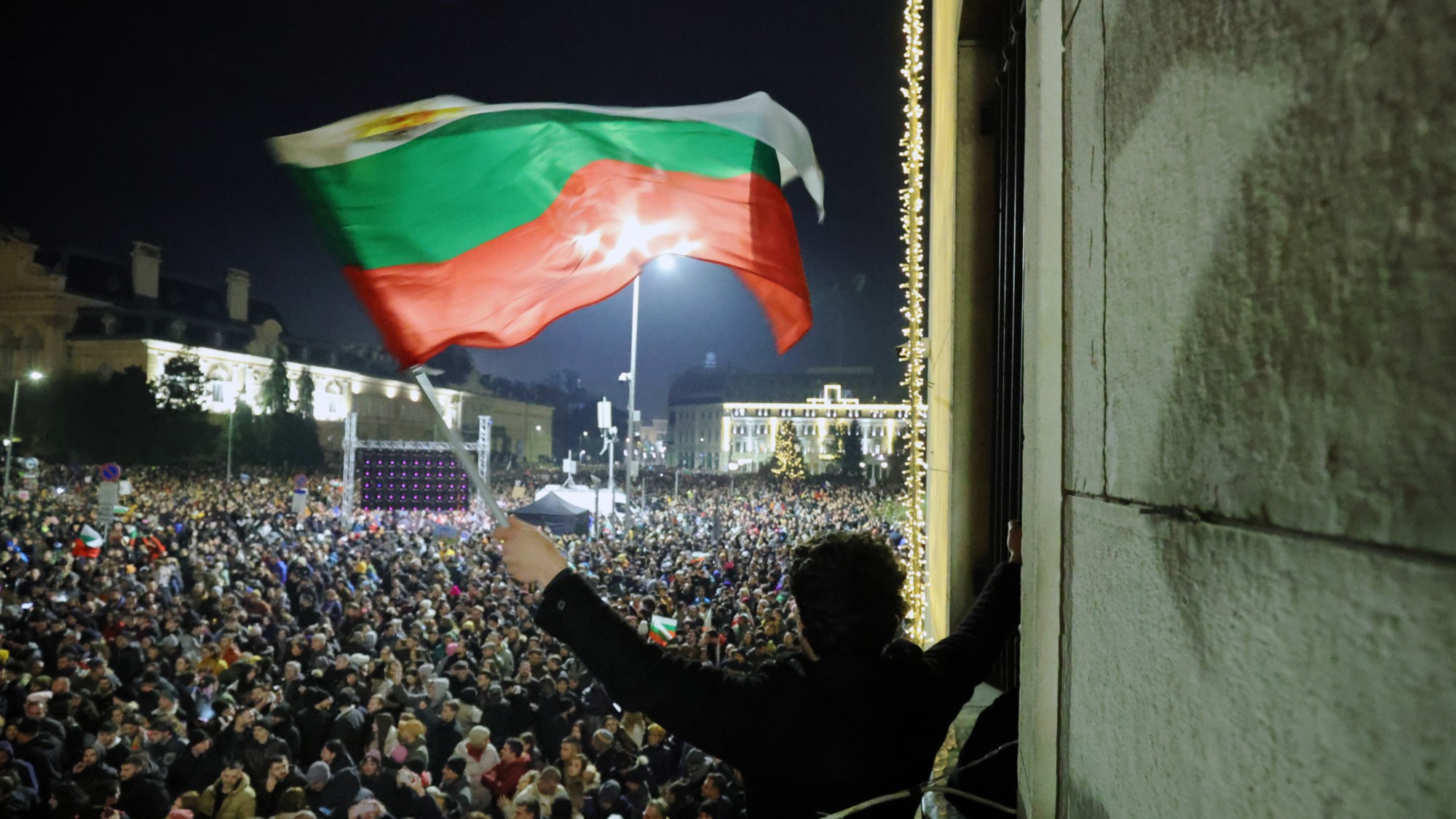 How Bulgaria’s government fell amid mass protests
How Bulgaria’s government fell amid mass protestsThe Explainer The country’s prime minister resigned as part of the fallout
-
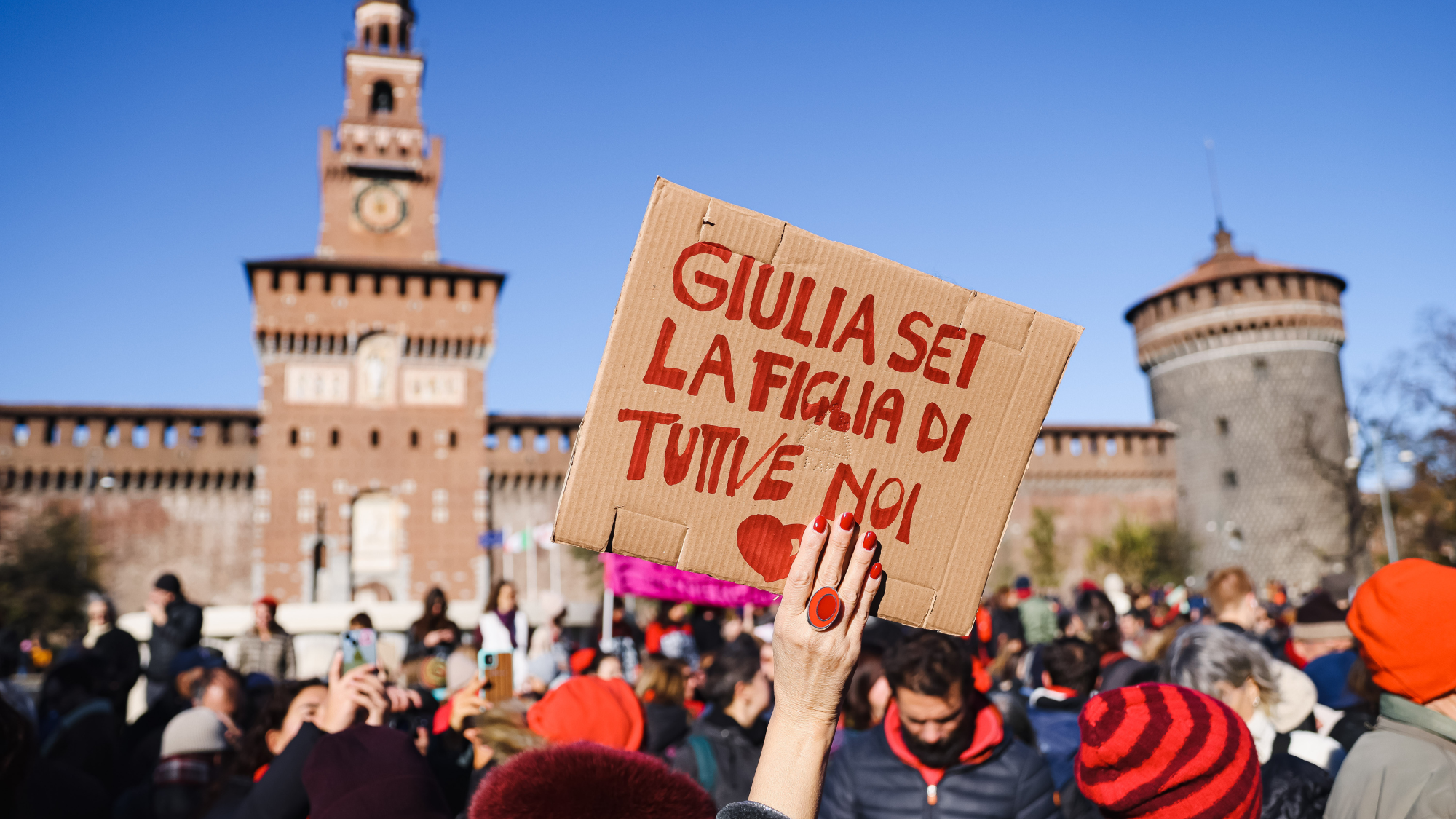 Femicide: Italy’s newest crime
Femicide: Italy’s newest crimeThe Explainer Landmark law to criminalise murder of a woman as an ‘act of hatred’ or ‘subjugation’ but critics say Italy is still deeply patriarchal
-
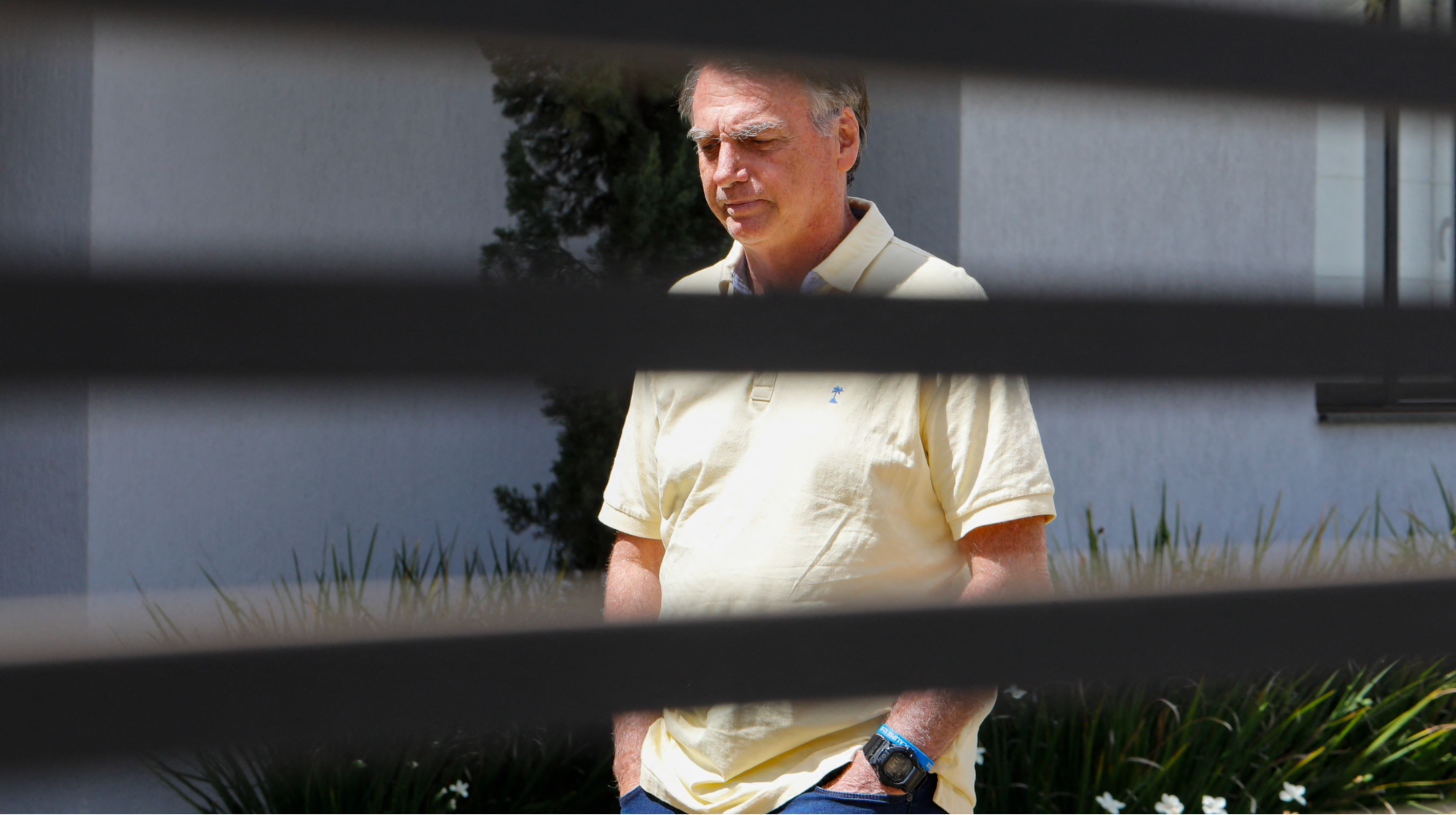 Brazil’s Bolsonaro behind bars after appeals run out
Brazil’s Bolsonaro behind bars after appeals run outSpeed Read He will serve 27 years in prison
-
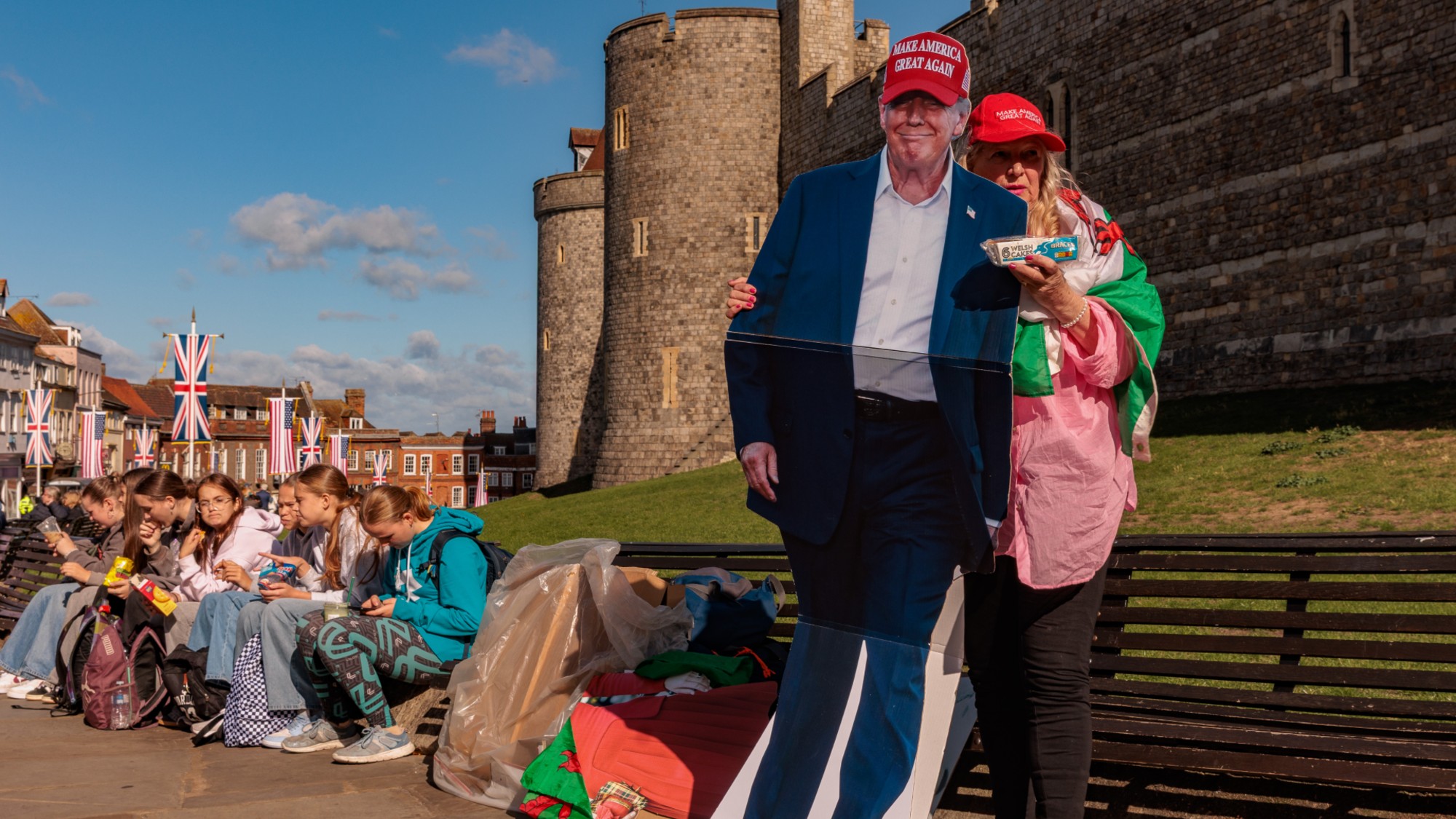 Americans traveling abroad face renewed criticism in the Trump era
Americans traveling abroad face renewed criticism in the Trump eraThe Explainer Some of Trump’s behavior has Americans being questioned
-
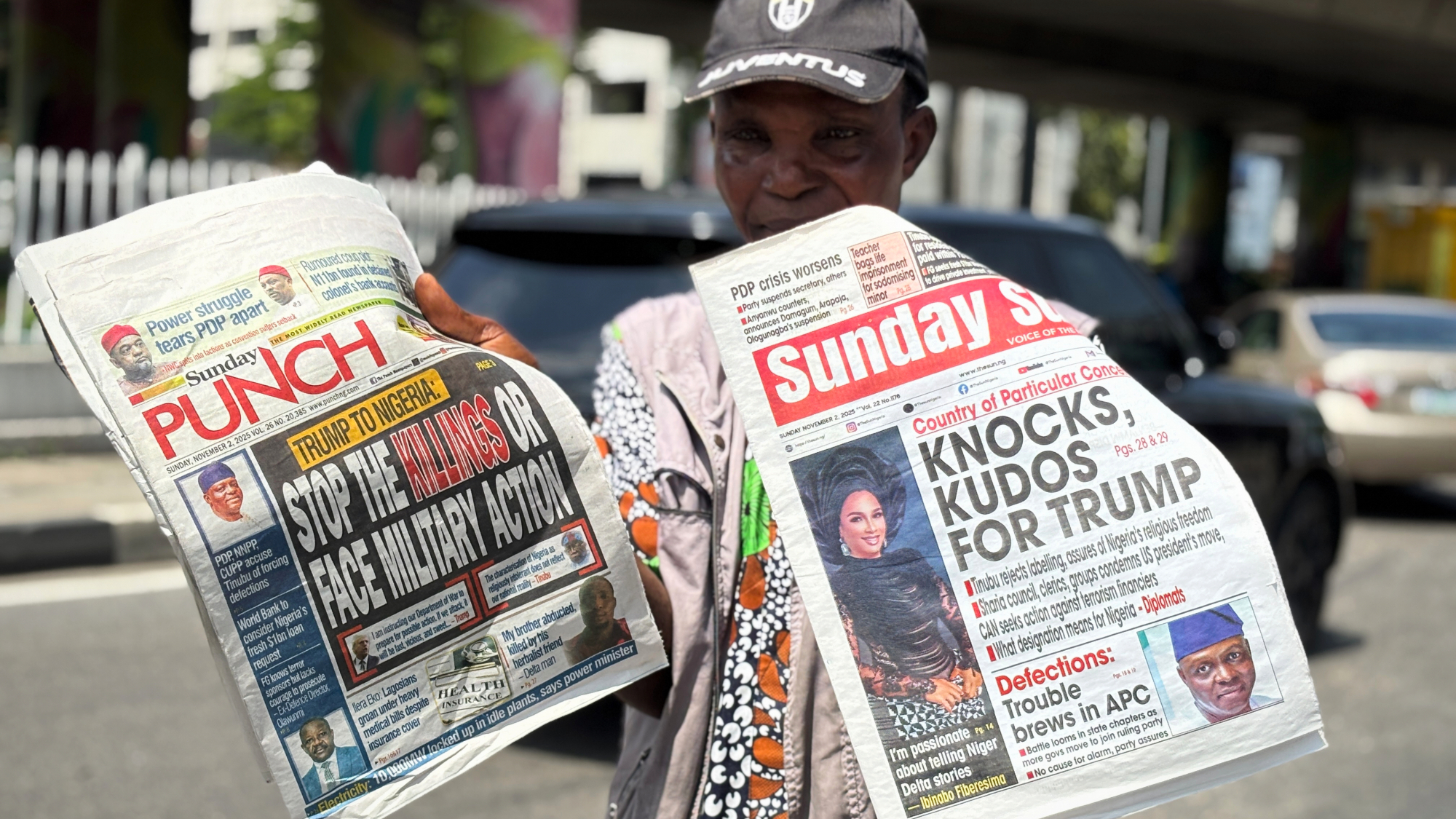 Nigeria confused by Trump invasion threat
Nigeria confused by Trump invasion threatSpeed Read Trump has claimed the country is persecuting Christians
-
 Sanae Takaichi: Japan’s Iron Lady set to be the country’s first woman prime minister
Sanae Takaichi: Japan’s Iron Lady set to be the country’s first woman prime ministerIn the Spotlight Takaichi is a member of Japan’s conservative, nationalist Liberal Democratic Party
-
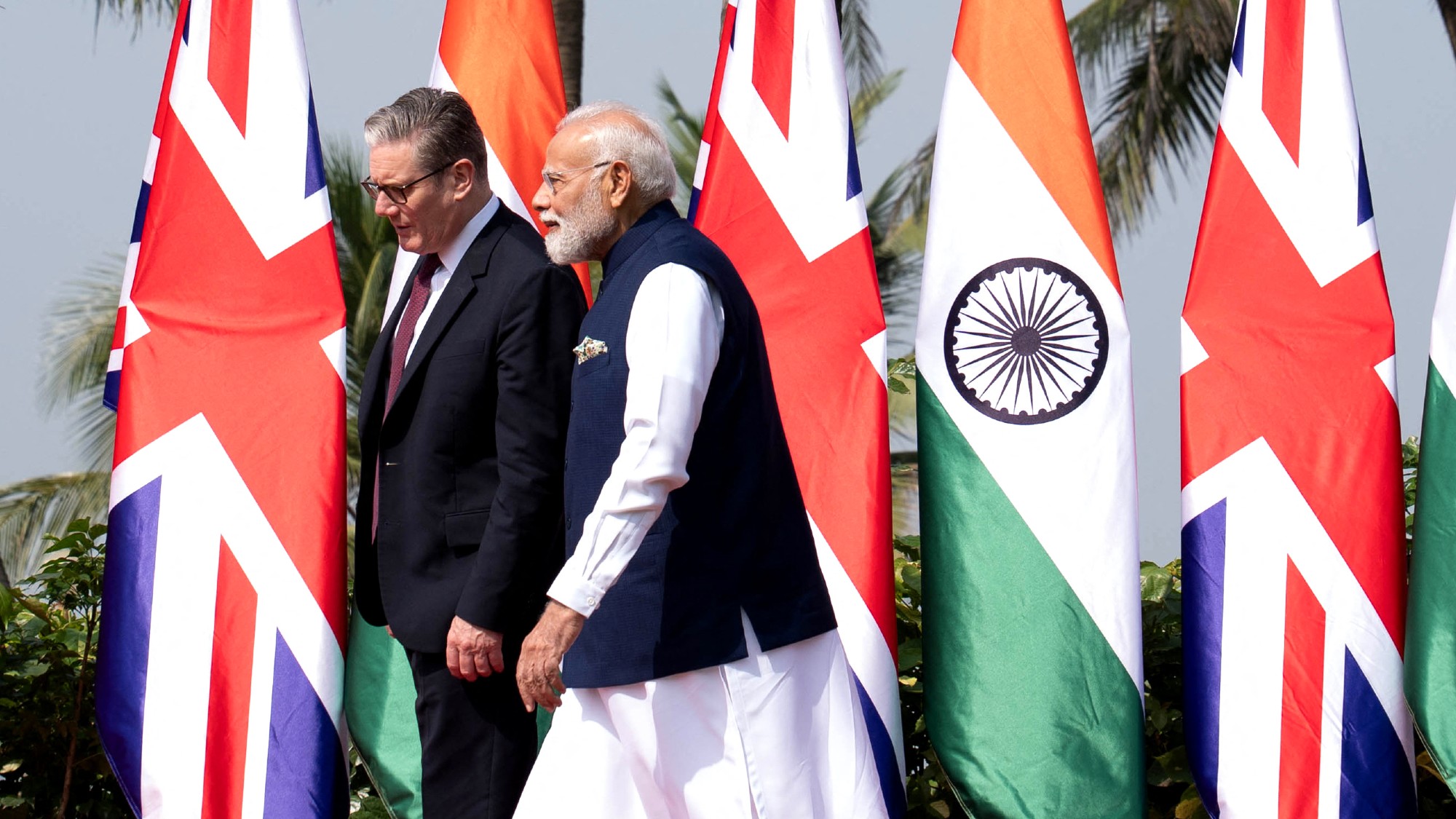 Will Starmer’s India visit herald blossoming new relations?
Will Starmer’s India visit herald blossoming new relations?Today's Big Question Despite a few ‘awkward undertones’, the prime minister’s trip shows signs of solidifying trade relations